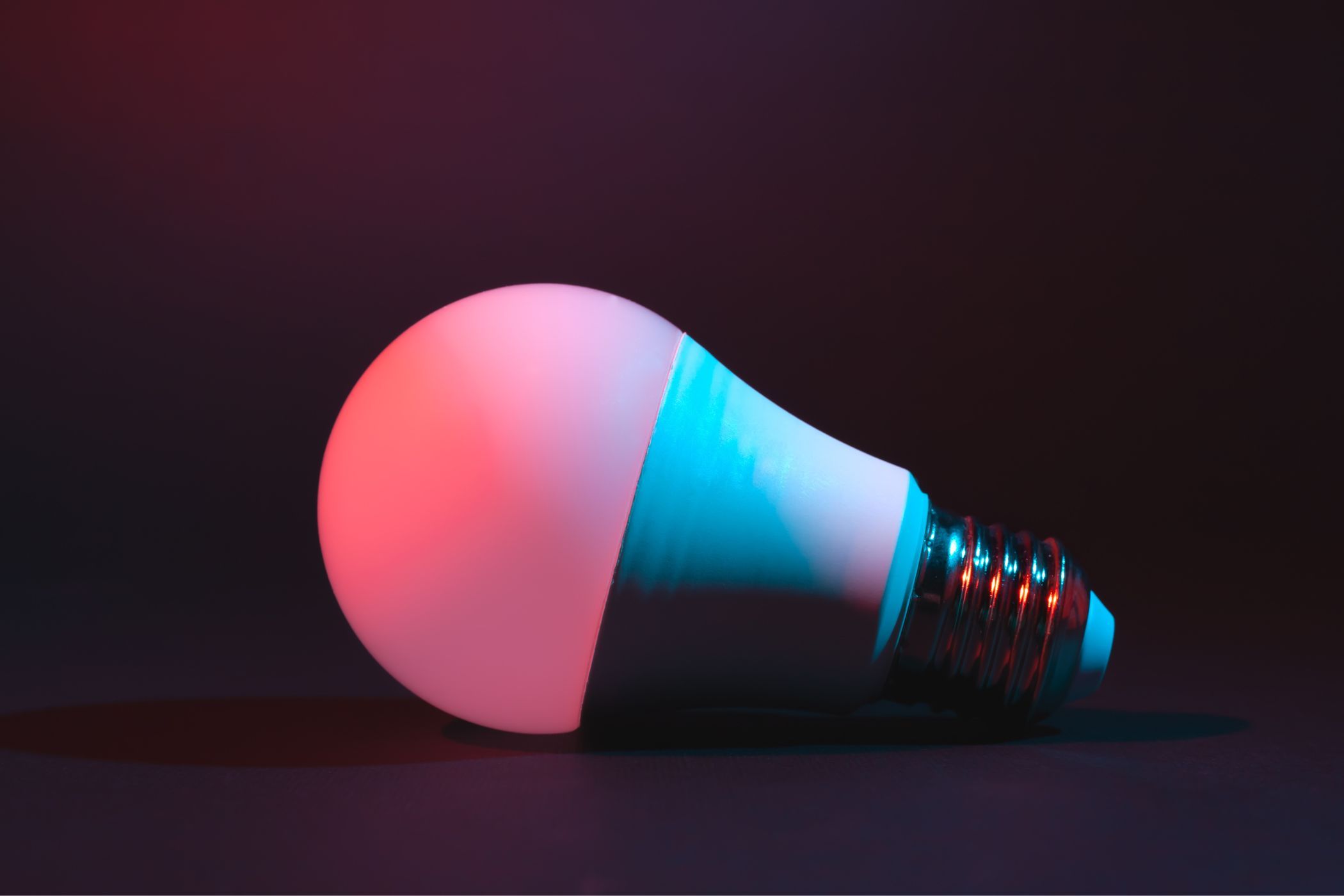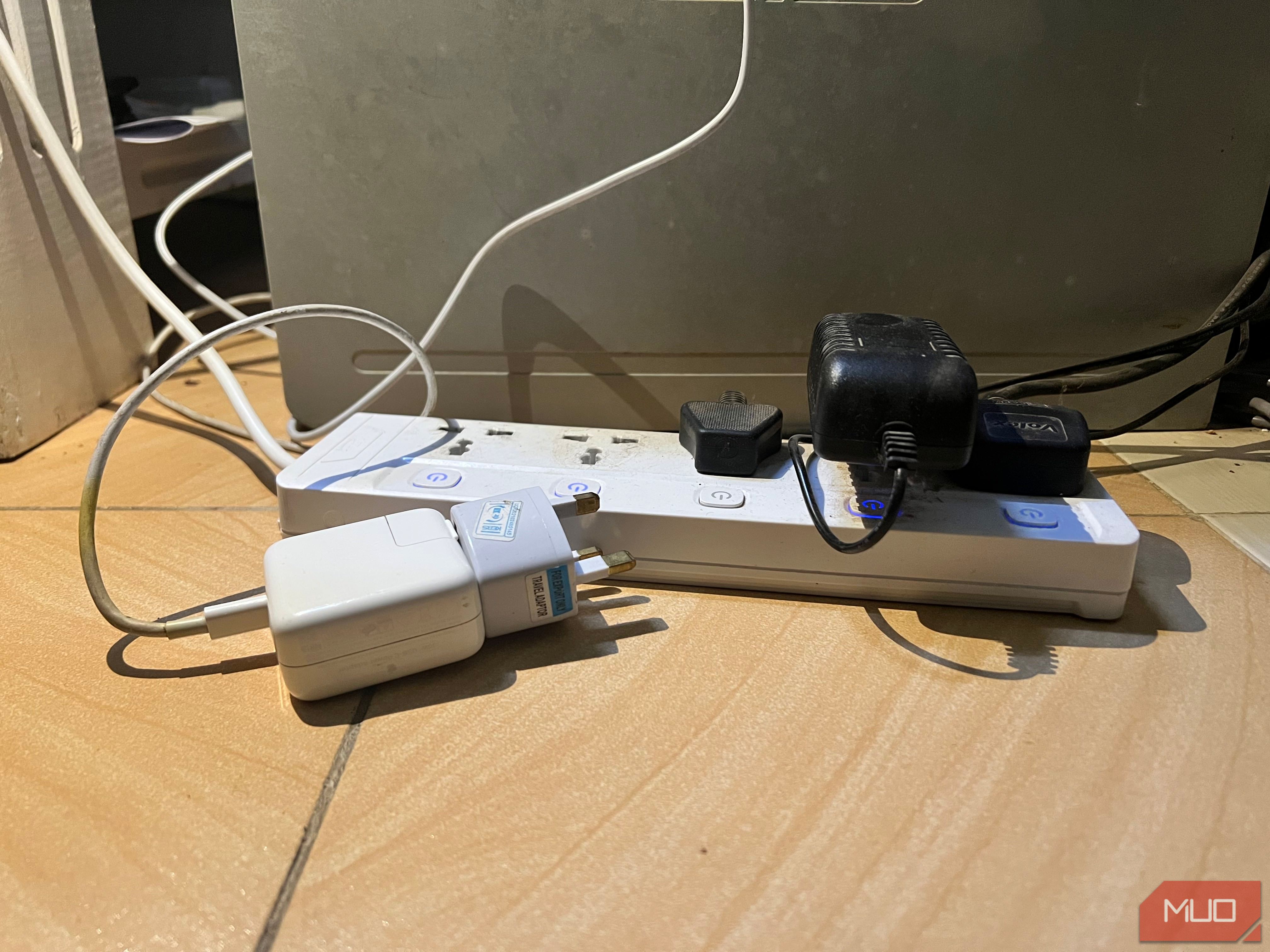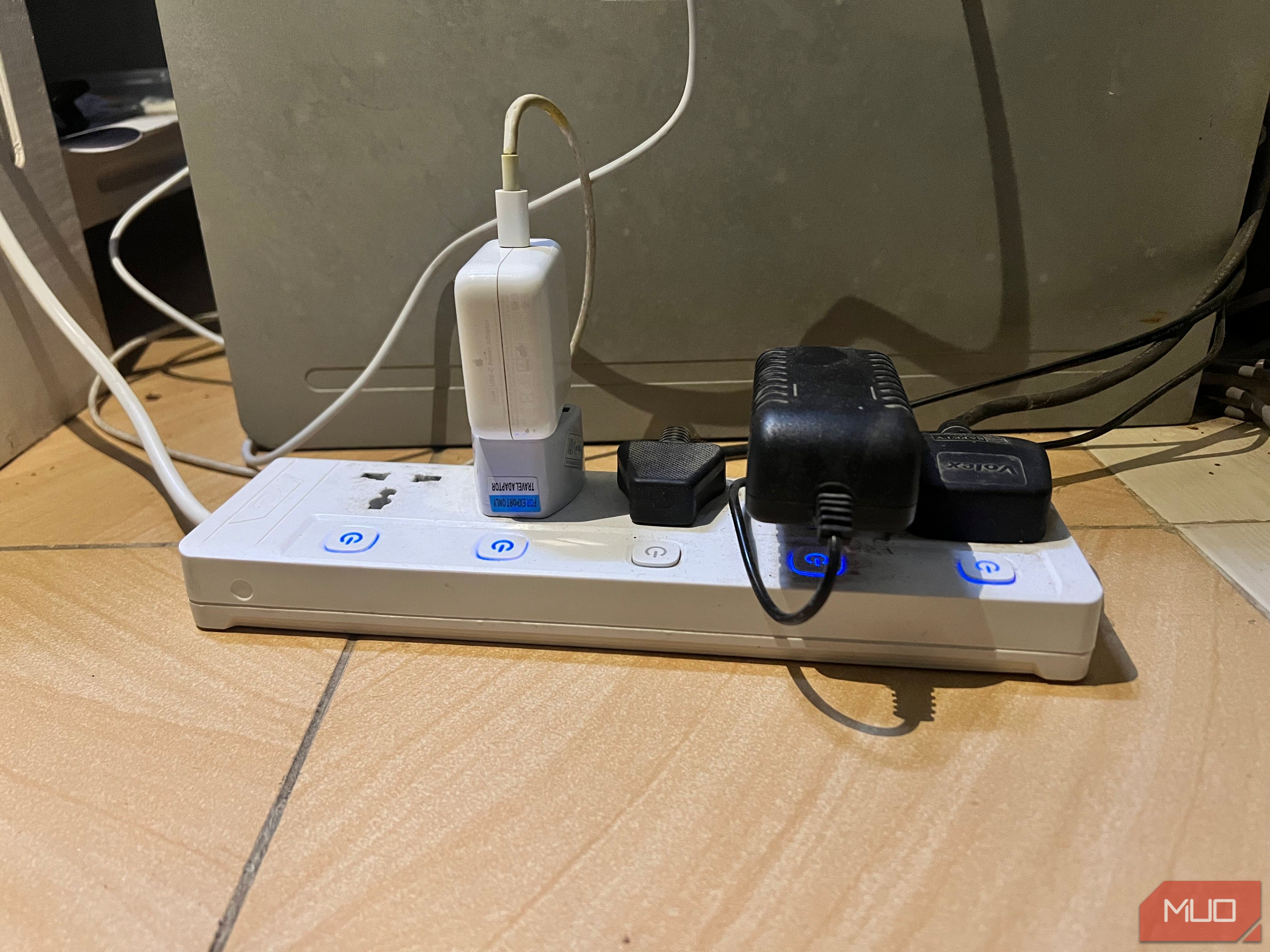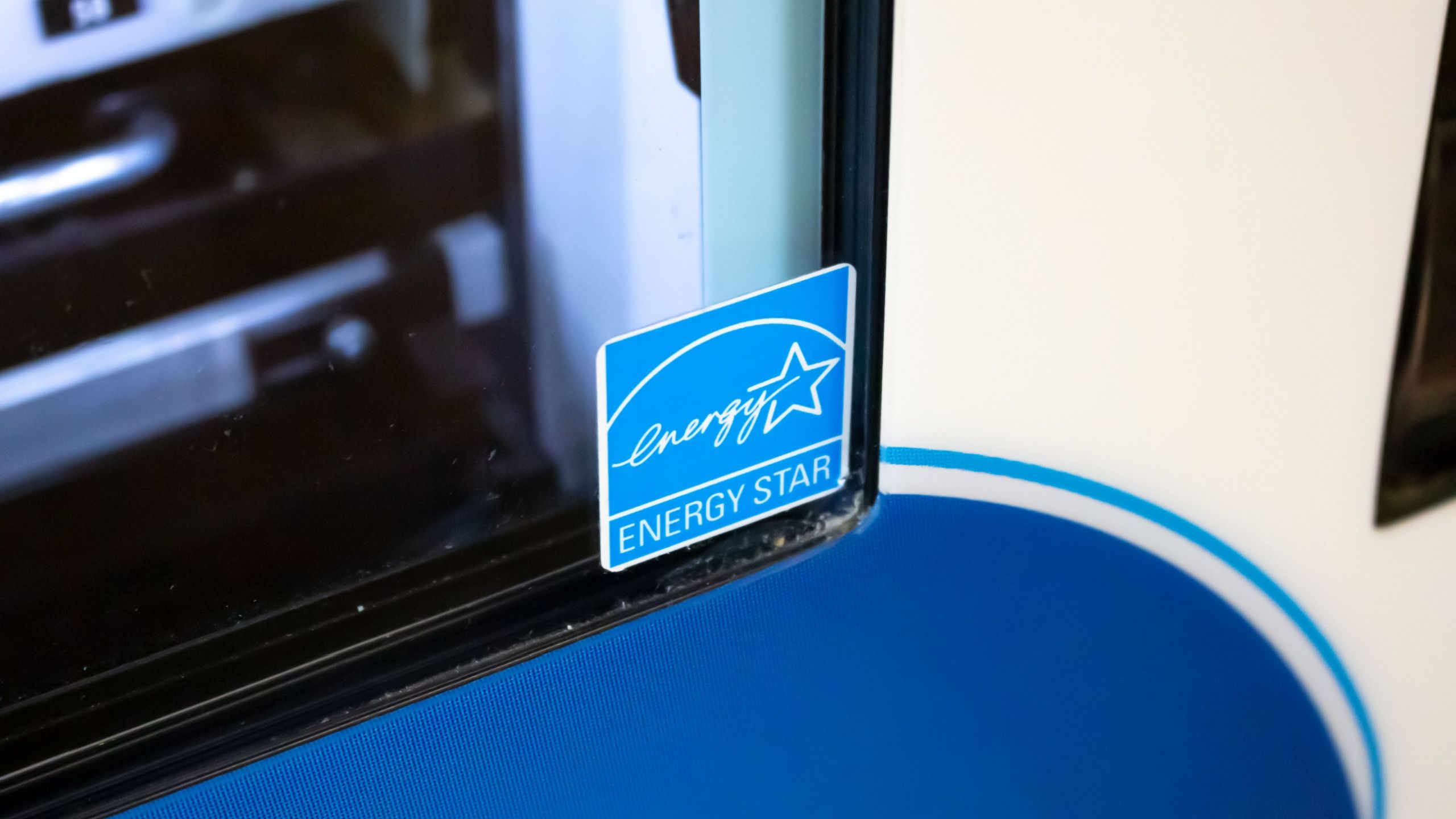It’s all too easy for your energy bill to eat too far into your budget. I’ve been there, but these simple, proven strategies helped me cut costs.
8
Switch to LED Bulbs
One of the easiest and most cost-effective ways to reduce your home power bill is to replace traditional incandescent (or halogen) bulbs with energy-efficient LED bulbs. While the upfront cost of LEDs may be slightly higher, they use less electricity and last significantly longer. That means fewer replacements and lower long-term energy costs.
To put this into perspective, an 8–10W LED bulb can produce the same brightness (about 800 lumens) as a 60W incandescent bulb. Multiply that across your home, and you could save hundreds of kilowatt-hours annually, especially if you switch out frequently used bulbs in areas like the kitchen, living room, or hallway. Switching to LED bulbs is a low-effort, high-return change that pays off month after month.
7
Adjust Your Day-to-Day Habits
Sometimes, the biggest energy savings come from small shifts in behavior. You don’t always need new gadgets or upgrades—just being mindful of how and when you use energy can make a big impact over time.
Start by turning off lights when you leave a room and unplugging devices that aren’t in use. You should also open window blinds for natural light, instead of flipping on bulbs during the day.
Spending less time in the shower can also help reduce your energy costs. While long, hot showers may feel relaxing, they come with a cost both in water and the energy used to heat it. According to the US Department of Energy, water heating accounts for about 18% of a home’s energy use and is typically the second-largest energy expense.
6
Unplug Devices You’re Not Using
Many modern devices continue to draw power even when they’re turned off—a phenomenon known as phantom load or vampire energy. Game consoles, coffee makers, and even TVs in standby mode slowly sip electricity 24/7. Even devices you might think are dormant, like a laptop charger, can continue to consume energy when left plugged in (even without the laptop).
This standby power, as it’s called, might not seem like much. But these small drips of power add up over time.
According to the US Department of Energy, idle electronics account for 5–10% of home energy use, which could cost an average household up to $100 per year. If you have more devices on standby in your house than in a typical home, you’re probably paying more. That’s why you need to take control of vampire devices.
The fix is simple: unplug what you’re not using. You can use Member First’s phantom load calculator or any other alternative to get an estimate of how much your idle devices are costing you in a year.
5
Use Smart Power Strips
Even if you’re diligent about turning off devices, many still draw power in standby mode. Unplugging is a simple fix, but it’s inconvenient since you’ll need to remember it daily until it becomes a habit. That’s where the best smart power strips come in—they detect when devices are idle and automatically cut off electricity to them, eliminating wasted energy without you lifting a finger.
Unlike regular power strips, smart ones can distinguish between devices that need to be always-on (like routers) and peripherals that don’t need constant power (like printers or speakers). Some models also let you schedule on and off times, control outlets via an app, or monitor your energy usage in real time.
They’re especially useful in home offices or entertainment setups where several gadgets are plugged in together. For example, when you shut down your computer, the smart strip can also cut power to your monitor and bookshelf speakers.
While a smart strip might cost more upfront than a basic one, the energy savings quickly pay for themselves. The Kasa smart plug power strip KP303 is an excellent choice; if you need more ports, go for the bigger Kasa smart plug power strip HS300.
4
Air-Dry When Possible
Your dryer could be one of the biggest energy hogs in your home. Each cycle might not cost much, but depending on your electricity rate and dryer model, it adds up—especially in a busy household. Whenever you can, opt to air-dry your clothes instead. Hanging your laundry on a line outdoors or using an indoor drying rack is 100% free and surprisingly effective.
Even just skipping the dryer for heavier items like towels, jeans, or bedding can lead to noticeable savings over time. If going fully line-dry feels like a stretch, try a hybrid approach: run your clothes in the dryer for just a few minutes, then hang them up to finish. You’ll still cut down on energy use.
3
Use Your Appliances Efficiently
Even if you have energy-efficient appliances, how you use them can make a big difference in your power bill. Smart usage habits help you get the most out of your devices without using more electricity than necessary. For instance, run your washing machine and dishwasher only when they are full. Washing clothes in cold water can also slash energy use, since heating water is one of the biggest power draws.
In the kitchen, you can also take several steps to reduce your energy use, like covering pots while boiling water for efficiency. You should also let hot food cool off naturally before placing it in the fridge, so your fridge doesn’t work overtime. And if any of your appliances have eco or energy-saving modes available, ensure you always use them.
2
Seal and Insulate Your Home
If your home isn’t properly sealed or insulated, you’re letting money slip through the cracks. Gaps around windows, doors, vents, and poorly insulated walls or attics can cause your heating and cooling systems to work much harder. According to the US Environmental Protection Agency (EPA), properly sealing and insulating your home can save the average home 15% on heating and cooling bills.
Properly insulating your home doesn’t have to be expensive. You can use caulk or weatherstripping to seal air leaks, which is cheap and DIY-friendly. Focus on areas where outside air can enter, such as around windows, door frames, baseboards, and where utilities come into your home.
1
Upgrade to Energy-Efficient Appliances
If you want to go beyond the simple fixes above, you should consider upgrading your appliances to energy-efficient models. Sure, your old appliances might still work fine just as they were brand-new, but they’re often silently draining your wallet. Switching to modern, energy-efficient models can dramatically cut your electricity use and lower your monthly power bill.
While the upfront cost of energy-efficient appliances can be high, the long-term savings make it worthwhile. In many cases, the reduced energy use pays for the appliance within a few years.
It’s easy to check whether an appliance is energy-efficient; just check if it has an ENERGY STAR label. ENERGY STAR-certified appliances are designed to use less energy without sacrificing performance. Such products have to meet strict energy-efficiency specifications set by the EPA. As such, a new ENERGY STAR-labelled refrigerator uses less energy than models from just 10 years ago. The same goes for washers, dryers, dishwashers, air conditioners, and other household items that consume high electricity.
The ENERGY STAR website has a list of different products that are certified to consume less energy, ranging from home appliances like dishwashers and refrigerators to electronics and office equipment.
There are various ways to cut your energy costs. Some may require major investments, such as upgrading to energy-efficient appliances. But before that, ensure you’ve explored all other cost-effective options that carry little to no expense, like switching to LED bulbs, air-drying laundry, and adjusting daily habits.




